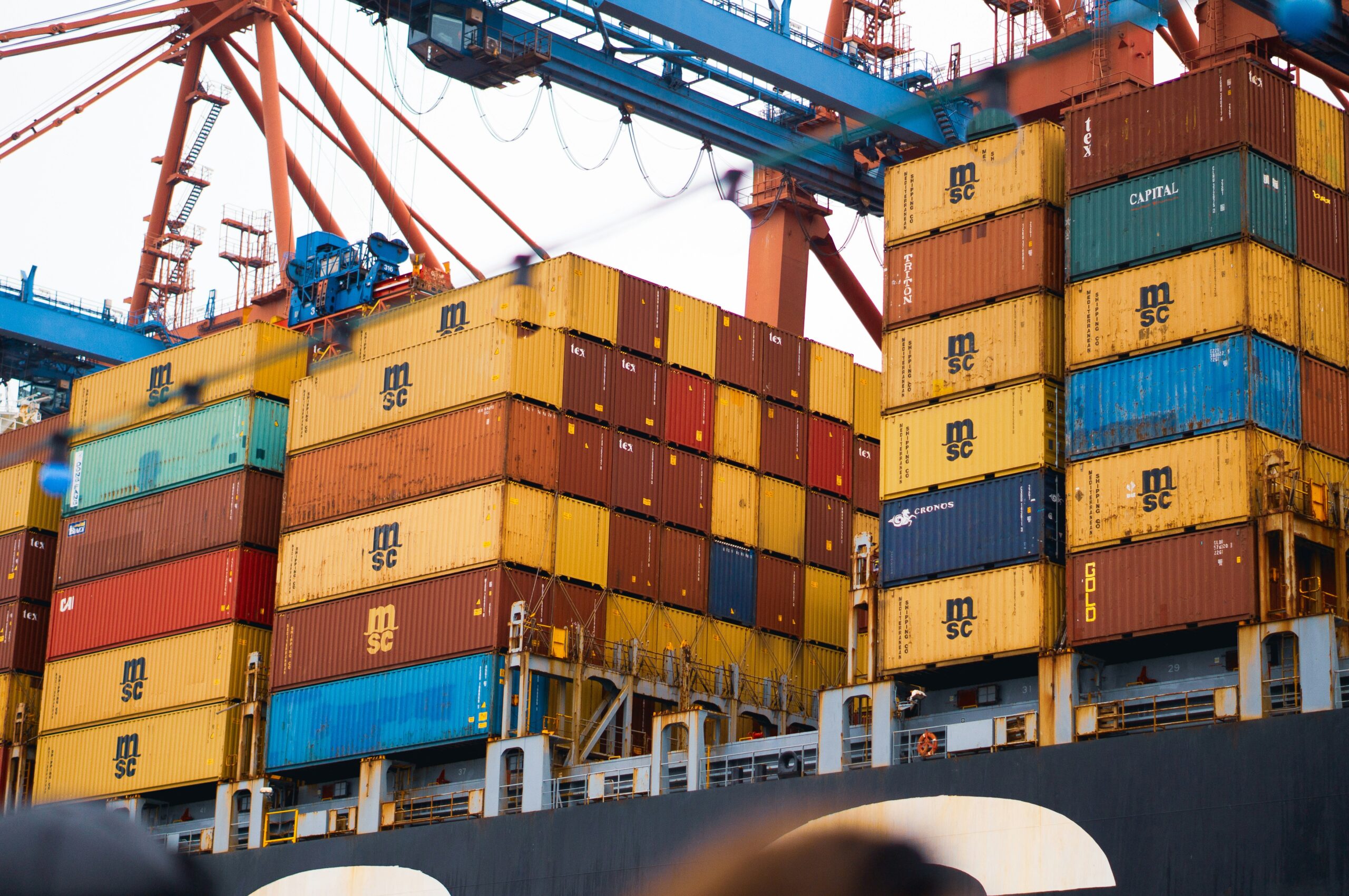This article discusses the key features and benefits of some of Australia’s trade agreements.

Australia-New Zealand Closer Economic Relations Trade Agreement
The Australia-New Zealand Closer Economic Relations Trade Agreement (also known as ANZCERTA or the CER Agreement) is one of the world’s most extensive bilateral free trade accords. It was the first agreement that include free trade in services and encompasses nearly all trans-Tasman commerce in goods, including agricultural items.
The construction of a World Trade Organization (WTO)-consistent Free Trade Area comprising Australia and New Zealand is the key element of the agreement.
Key interests and benefits
- ANZCERTA prohibits all tariffs and quantitative import or export restrictions on goods originating in the Free Trade Area.
- Includes provisions to reduce market inefficiencies in goods trade, such as domestic industry aid and export subsidies and incentives.
- The Australia New Zealand Food Authority (ANZFA) Agreement of 1995 harmonized Trans-Tasman food standards, resulting in cheaper compliance costs for the industry, fewer regulatory hurdles, and more consumer choice.
- Without the necessity for complete harmonization of standards and professional credentials, mutual recognition of goods and occupations lowers technical barriers to trade and impediments to the movement of skilled persons between jurisdictions.
- On March 1, 2013, the ANZCERTA Investment Protocol came into effect. When investing in their Trans-Tasman neighbor, investors in both nations benefit from cheaper compliance costs, higher screening criteria, and better legal certainty thanks to the Protocol. Two-way investment between Australia and New Zealand is valued at more than $130 billion (2014).
Singapore-Australia FTA
The Singapore-Australia Free Trade Agreement (SAFTA) is a cornerstone of Australia’s economic relationship with Singapore, which is Australia’s most important trade and investment partner in Southeast Asia.
In addition to eliminating tariffs, the Agreement promotes market access for Australian service exporters, particularly in the areas of education, the environment, telecommunications, and professional services. In a variety of sectors, such as competition policy, government procurement, intellectual property, e-commerce, customs procedures, and business travel, it also creates a more open and predictable business climate.
Key interests and benefits
- All tariffs must be repealed before they can take effect.
- Increased certainty and reduced restrictions on the number of wholesale banking licenses, as well as a better operating environment for financial services providers.
- The conditions for forming joint ventures with Australian legal firms have been relaxed, and the number of Australian law degrees recognized in Singapore has increased from four to eight.
- Removal or relaxation of residency restrictions for Australian professionals, as well as a three-month extension of short-term access for Australian businesspeople.
- Agreement to make paperless trade easier to save money on business transactions.
Australia-United States FTA
On January 1, 2005, the Australia-United States Free Trade Agreement (AUSFTA) went into effect. More than 97 percent of Australia’s non-agricultural exports to the US (excluding textiles and clothes) became duty-free once AUSFTA went into effect, and two-thirds of agricultural tariff lines were reduced to zero. Currently, 96.1 percent of all Australian exports are duty-free. Australian enterprises can also access the federal government procurement market in the United States, as well as the government procurement markets of 31 US states, thanks to AUSFTA.
The Australia-United States Free Trade Agreement (AUSFTA) is 17 years old. The value of goods and services traded between the two countries has nearly doubled throughout this time.
In terms of goods and services, the United States was its second-largest two-way trading partner in 2019-20, worth $80.8 billion. Exports of products and services from Australia to the United States totaled $27.4 billion. The entire value of Australia’s imports from the United States was $53.4 billion.
The United States is Australia’s largest and most significant investor, with $929 billion invested in the country by 2020. The United States is also by far Australia’s most popular foreign investment destination, with $864 billion in investment expected in 2020. Since the Agreement went into effect, two-way investment has nearly tripled.
A Joint Committee is established under AUSFTA to oversee the implementation of the agreement and to examine the parties’ trade relationship every year (or as otherwise agreed).
Thailand-Australia FTA
The Thailand-Australia Free Trade Agreement (TAFTA) is one of two FTAs available to Australian companies looking to do business in Thailand. Thailand is a signatory to the ASEAN-Australia-New Zealand Free Trade Agreement (AANZFTA) as an ASEAN member.
The majority of Thai tariffs on items imported from Australia have been reduced as a result of TAFTA. The decrease of Thailand’s formerly high tariff barriers (up to 200 percent for some items) is a huge success for Australian companies, opening up a variety of export prospects in Southeast Asia’s second-largest economy. TAFTA also helps to strengthen the climate for bilateral trade and investment in services.
Key interests and benefits
- As of 2010, 94% of Thailand’s tariff and quota barriers on Australian imports were removed, with the remaining tariffs phasing out in 2015 or 2020. (except for skim milk powder, liquid milk, and cream, which will be exempt from tariff rate quotas in 2025).
- More open access to Thailand’s services market for Australian enterprises, as well as a pledge to liberalize two-way services trade in the future.
- Improved access for Australian investors in Thailand, allowing for majority Australian ownership in specific industries such as mining, construction, restaurants and hotels, tertiary education institutions, maritime cargo services, and more.



